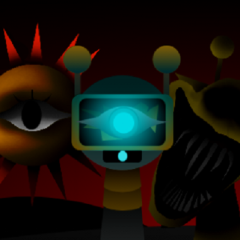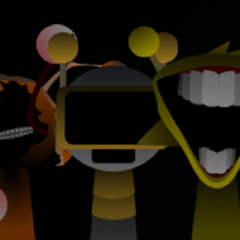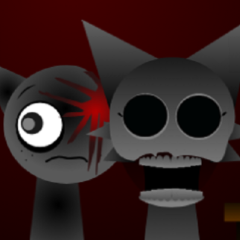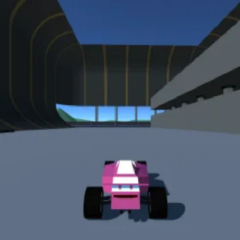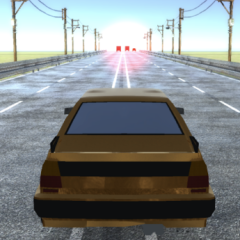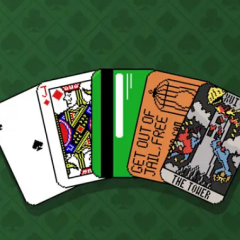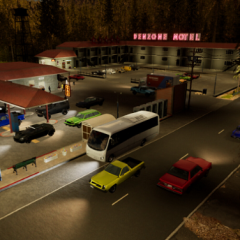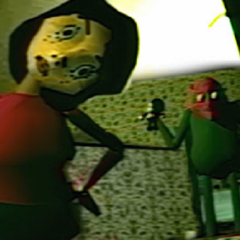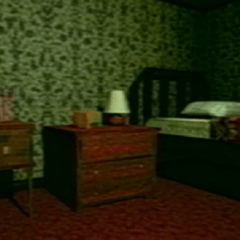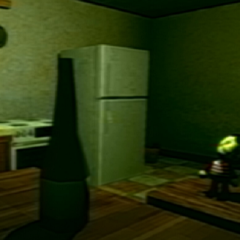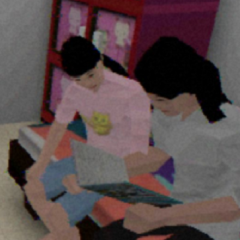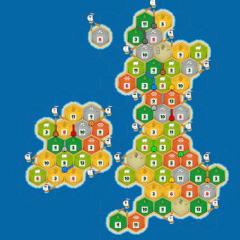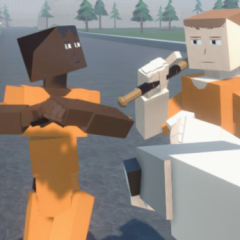Tentacle Locker is a side-scrolling interaction-based game that places players in control of a simple mechanism within a school-themed hallway. The game operates in a loop, with characters passing through the environment as the player times their actions. The mechanics are minimal, but the core idea revolves around timing, observation, and triggering a response under specific conditions. Its design relies on pattern recognition and repetition, creating a consistent rhythm throughout gameplay.
Structure and core loop
The player interacts with a stationary object placed along the hallway, monitoring the movement of characters as they pass by. Timing plays a central role, as the object can only be activated when characters are within a specific range. The action itself is represented in an abstract and animated manner, relying on visual cues rather than dialogue or storytelling. There are no traditional levels or scores, and the entire experience loops continuously unless manually ended.
Interactive patterns and visual focus
Key elements that define the experience include:
· A simple left-to-right character movement system
· A trigger-based interaction point
· Visual indicators to signal timing opportunities
· Repetitive movement cycles with minor variations
· A single-screen design with minimal UI
These components work together to create a basic but recognizable loop, where each moment builds off the last through minor visual or timing differences.
Presentation and abstract style
Tentacle Locker uses pixel art graphics and side-view animation to create a light visual tone, despite its suggestive concept. The character designs are stylized, and the background elements remain static, putting focus on movement and interaction. The absence of sound or story narration gives the game a surreal, almost arcade-like atmosphere, where the goal is unclear and the outcome is repetitive by design.
Context and community reaction
The game exists in a space where novelty and absurdity often attract attention. Some players treat it as a parody or satire of classic timing-based arcade mechanics, while others focus on the visuals and animation style. Despite its simplicity, it has sparked conversations online about boundaries in game content and the use of controversial themes in minimalist design.







